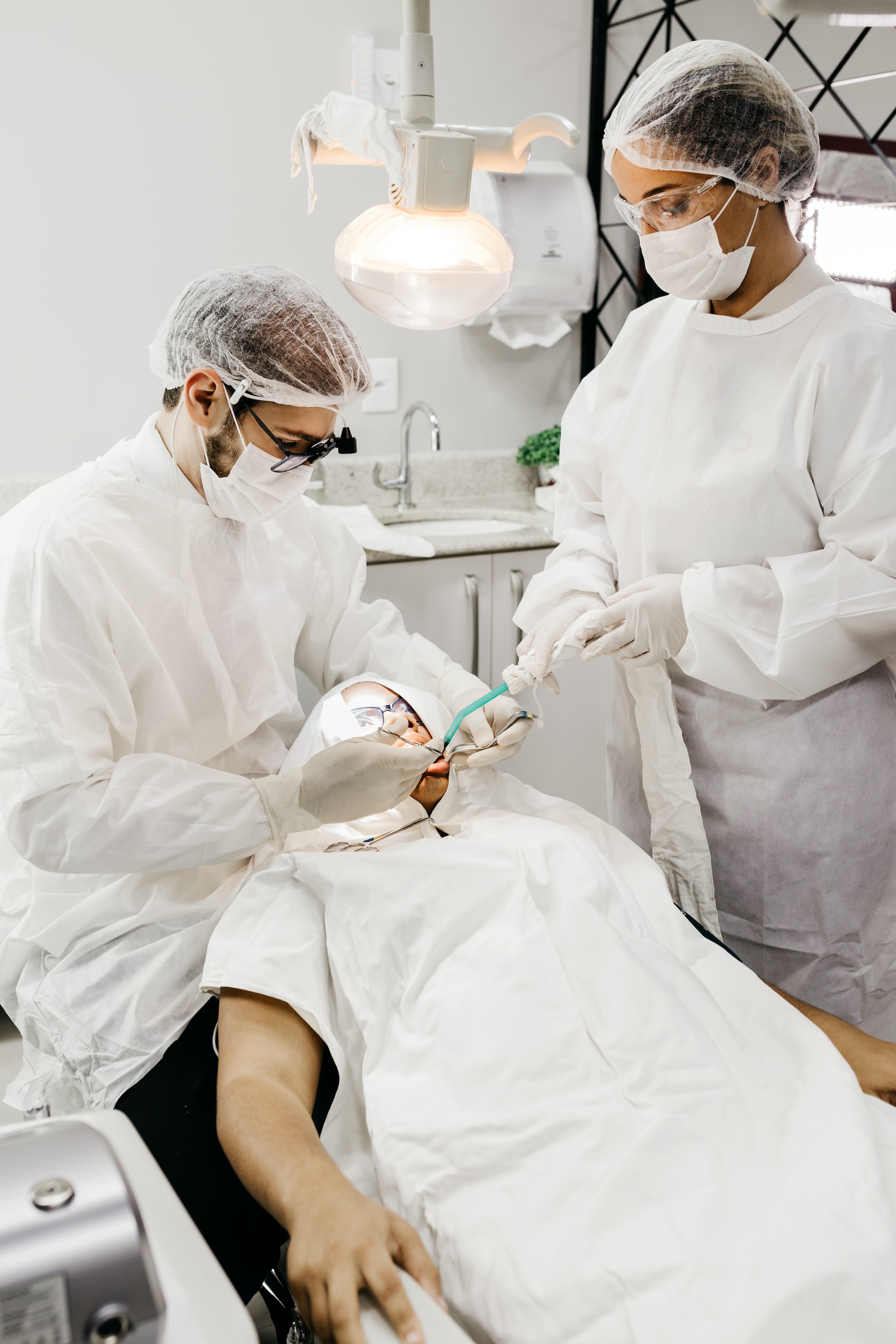
Under what circumstance would you need sedation dentistry?
Sedation dentistry is a new revolution that minimises anxiety and fear during dental treatments. This article is concerned with the conditions which make utilisation of sedation not an option but a necessity. Below is a list of when sedation dentistry may be required.
- Dental Anxiety and Phobia: Dental anxiety is a genuine and widespread problem that prevents people from obtaining necessary dental care. Sedation serves as a link that allows people with intense phobias to acquire required treatments without injuring their mental stability.
- Complex or Lengthy Procedures: Some dental procedures are inherently difficult or time-consuming. Sedation helps to ensure that the patients are comfortable during such extensive dental surgeries and complex restorative work so that the dentists may have enough time to perform detailed, refined treatments.
- Gag Reflex Challenges: Routine dental procedures also make a few patients feel uncomfortable with their hypersensitive gag reflex. With a common concern or problem, sedation reduces the gag reflex and makes dentistry easier and more acceptable for those with this particular fear.
- Special Needs Patients: Sedation dentistry is of great importance to patients with special needs such as the ones who have some form of physical or cognitive disability. It fosters collaboration during dental visits such that persons with special needs get their oral care with little or no apprehension.
- Pediatric Dentistry: Sedation dentistry contributes positively to oral exposure, especially in children whose anxiety heightens or who strain during significant sitting still. It creates a friendly atmosphere that helps reduce the dental phobia associated with young patients and accomplish vital dentistry work.
Sedation Dentistry Helps Overcome Traumatic Dental Experiences
A fear of dental procedures may be kept over time in those individuals with a history of traumatic dental experiences. Sedation is a way to interrupt the cycle allowing patients to create a fresh environment without stress within which they can regain trust in dental care.
Good rapport with the dentist is pivotal when looking at sedation dentistry. The sedation approach should therefore be tailored accordingly by the dentists, who have to comprehend the patient’s concerns, medical history as well preferences.
Although sedation dentistry provides various advantages, it is important to underscore the importance of professional direction during the entire experience. Sedation specialist dentists will evaluate the individual needs of each patient, enabling them to have a personalised and safe sedation encounter.
Types of Sedation Dentistry
There exist different kinds of sedation used in dentistry including minimal sedation, in which the patient does not fall asleep but remains relaxed, to deep sedation, where the patient is just about to lose consciousness. The selection of sedation is based on factors like the procedure’s complexity, the patient’s medical history, and level of anxiety.
Patients need to have open communication with their dentists before choosing to be sedated for dental procedures. Giving the dentist a detailed medical history which includes medication or supplements taken enables them to diagnose what kind of sedation mode.
After receiving the sedative, patients will experience a relaxed and no-stress period. The dentist leads the dental team that monitors vital signs for patient safety during the procedure. The care provides a comfortable experience throughout the visit to the dentist.
Patients might remain drowsy following the dental process due to the effects of the sedation. This means they should have someone accompany them home, especially if a more potent form of sedation was used. Dentists depend on the conduct of patients after administration of anesthesia to reduce complications.
Combining Dental Sedation with Other Techniques
Dentists may also use other relaxation methods like sedation in some cases, for example, putting on soft music or using aromatherapy. Through this, the overall experience of a patient is also improved, and makes sure that they are comfortable.
Nevertheless, even though it is a proven method, sedation dentistry still confronts some kind of stigma or misunderstanding. Sedation is a safe, regulated practice that is administered by professional clinicians and should be acknowledged as such. The most important factors lie in education and open dialogue which can debunk any myths and make people think about sedation as a possible treatment option.
Sedation dentistry in this regard is a critical tool to overcome some of the challenges that people face when seeking dental care. Sedation is important in ensuring a comfortable and positive dental experience – be it overcoming anxiety, undergoing complex procedures, or meeting specific needs – that contributes to a healthier patient’s oral health relationship.
Various are the conditions that necessitate the application of sedation dentistry, which helps to calm down patients suffering from traumatic experiences and facilitate complex treatments. It is important to understand that no two patients are the same and be compassionate as we handle their dental care. Sedation dentistry is more than a solution for dealing with obstacles; it represents an opportunity to make dental care more accessible, comfortable, and universal for everyone.





